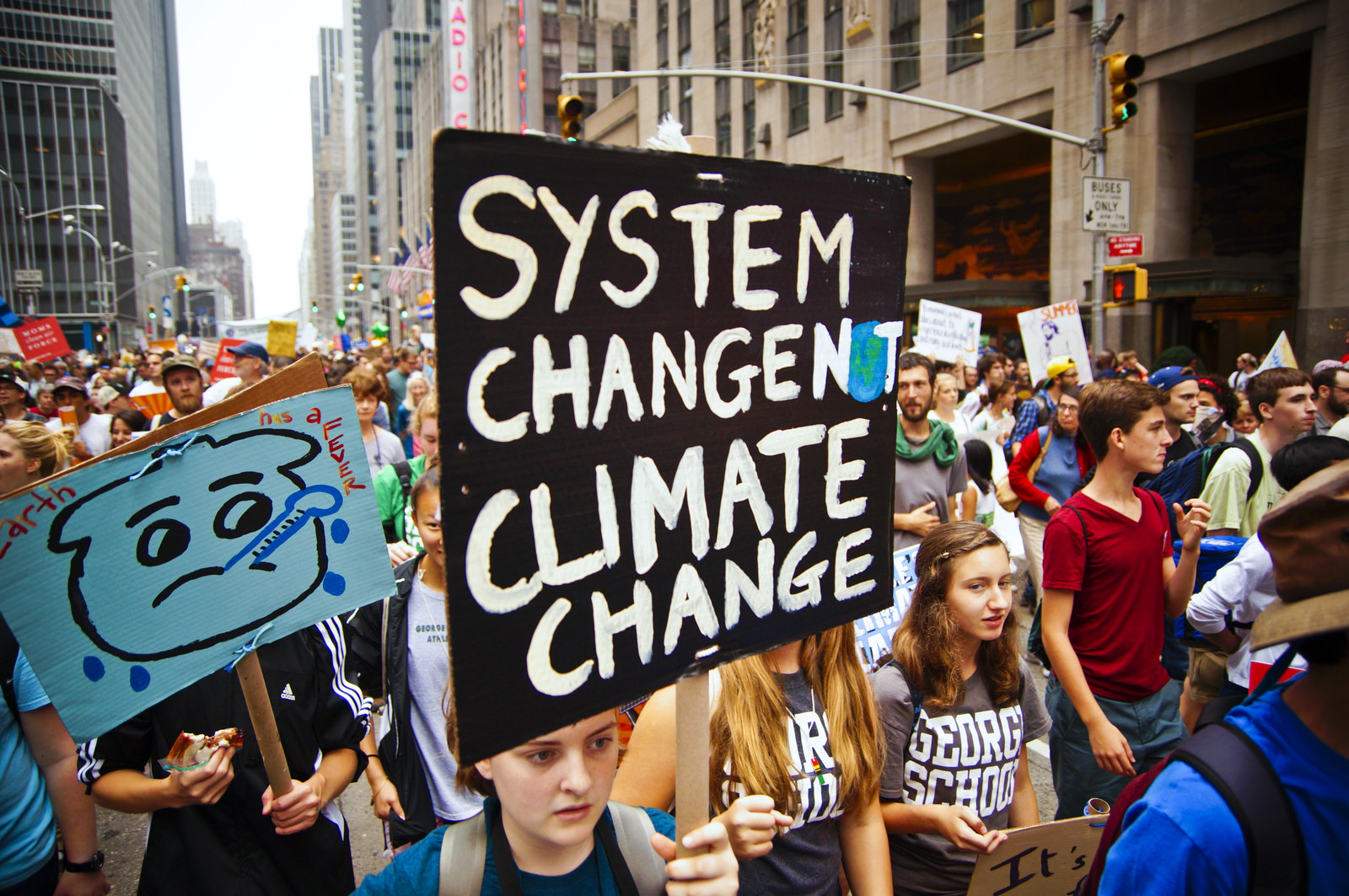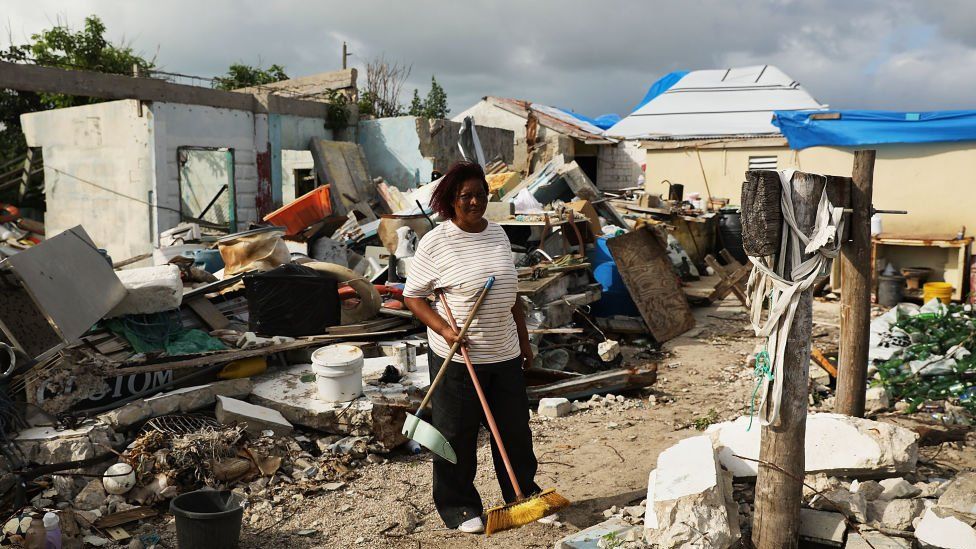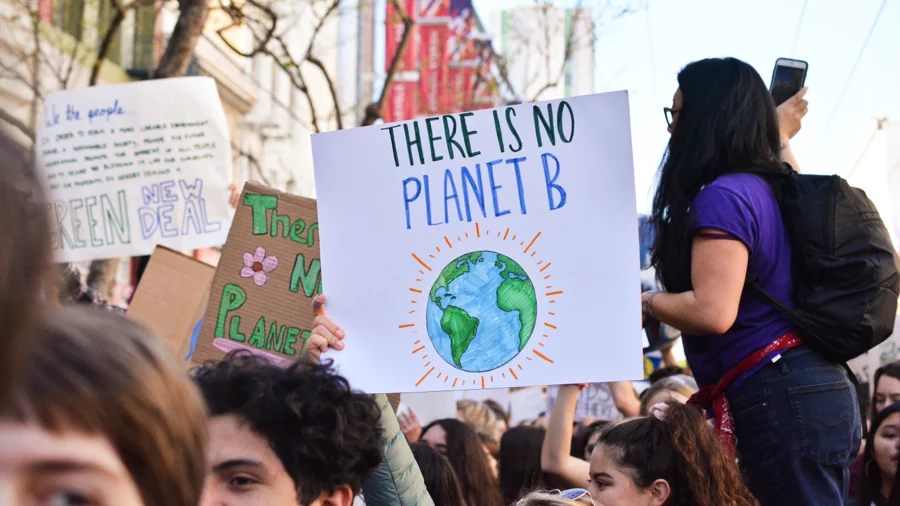Hello, climate warriors! Today, we’re delving deeper into the challenges of carbon reduction and how Tanbii can help. We’ll explore why it poses such a significant challenge for many individuals and why it’s been slow to gather steam. Then, we’ll shed light on how innovative platforms like Tanbii can help demystify this process and empower each one of us to play an active part in mitigating climate change.
Why is Carbon Reduction a Challenge?
Reducing our carbon footprint is a pivotal step in the fight against climate change, but it’s easier said than done. Here’s why.
1. Complexity and Lack of Understanding
The intricacies involved in understanding carbon reduction can be overwhelming. Comprehending how our everyday actions – from the food we eat, the energy we consume, to the transportation modes we choose – contribute to our carbon footprint is no simple task. The sheer volume of information and its often technical nature can leave many feeling lost, unsure where to start or what lifestyle changes can have the most significant impact.

2. Lack of Tangible and Immediate Results
When it comes to carbon reduction, the fruits of our labor aren’t immediately apparent. As Nat Geo writes, Climate change is a gradual process, and the positive effects of our efforts to reverse its impacts take time to materialize. This delayed gratification can be a stumbling block for many individuals, as human nature instinctively favors actions that yield immediate, visible results.
3. Economic Constraints

There’s a prevailing perception that ‘green’ alternatives invariably mean ‘expensive’. Whether it’s renewable energy, organic food, electric vehicles, or sustainable products, these often come with a premium price tag. This financial hurdle can discourage many people from embracing more eco-friendly practices, even when they’re keen on doing so. IMF shows a path to untangle economic disparity from climate change endeavors.
4. Difficulty in Tracking Progress
Another obstacle is the daunting task of quantifying and tracking one’s carbon footprint. The absence of easy-to-use and accessible tools for individuals to measure their progress can inhibit consistent engagement in carbon reduction efforts.
Why is Carbon Reduction Slow to Catch On?
Carbon reduction practices are taking longer than we’d like to gain widespread acceptance. Here’s why.
1. Lack of Urgency
Despite the urgency of the escalating climate crisis, not everyone perceives it as an immediate threat. The UN indicated that, “The global temperature has already risen 1.1ºC above the pre-industrial level, with glaciers melting and the sea level rising. … By 2030, an estimated 700 million people will be at risk of displacement by drought alone.” Some people think climate change is a distant problem, its impacts to be felt far in the future. This lack of urgency results in complacency and a slower transition towards sustainable practices.

2. Inconvenient Truths
Adopting a carbon-neutral lifestyle often necessitates significant lifestyle modifications. It can mean giving up certain comforts, changing habits, or deviating from social norms. This level of inconvenience can deter many people from making necessary changes, resulting in slow progress.
3. Systemic Issues
While the responsibility of carbon reduction often falls on individuals, systemic issues play a significant role. Large corporations, governments, and institutions contribute heavily to carbon emissions, and their reluctance or slow progress in adopting sustainable practices can make individual efforts feel like a drop in the ocean.

Enter Tanbii: Empowering Individual Carbon Reduction
Given these hurdles, platforms like Tanbii are stepping up to make carbon reduction more accessible, rewarding, and impactful for individuals.
I. Making Carbon Reduction Understandable and Achievable
Tanbii seeks to simplify the complex world of carbon reduction for the average person. By tracking and calculating the effects of your carbon-saving efforts, it provides a clear, tangible picture of how daily decisions – large and small – can have a significant impact. This tangible progress can motivate continued engagement and facilitate more informed choices.
II. Rewarding Eco-Friendly Actions
One of Tanbii’s innovative features is its use of gamification to make carbon reduction more engaging and rewarding. By offering incentives for eco-friendly actions, Tanbii adds an element of fun and motivation to what can otherwise feel like a daunting process.
III. Democratizing Carbon Trading
Traditionally, the realm of carbon credits trading has been the preserve of corporations and governments. Tanbii aims to change this narrative by democratizing this process. It makes the carbon economy personal, tangible, and accessible, giving individuals a stake in the game.
Final Thoughts

Carbon reduction is a daunting challenge – but it’s not insurmountable. We have the tools, the knowledge, and the collective power to make a difference. Platforms like Tanbii are just the beginning. With every eco-friendly decision we make, we contribute to the fight against climate change and inch closer to a sustainable future.



